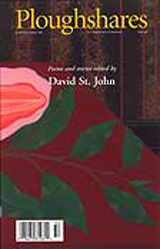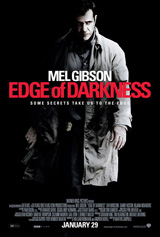From now on at Mots Justes, Monday Morning Grammar will be followed by Tuesday Afternoon Punctuation. We’ll start about as basic as it gets with the period.
Most sentences end in a period. Unless the sentence is a question (in which case use a question mark) or requires particular emphasis (an exclamation mark), use a period.
Space Considerations
Back in the old days—you know, during the last century—when you were taught how to type on an actual typewriter, the rule was to follow a period with two spaces. On typewriters, each letter takes up the same amount of space, whether it’s the skinny lower-case i or the wide-load capital M. The two spaces after a period provided a clear break between sentences.
However, many computer fonts now not only adjust spacing according to the size of each letter but recognize the end of a sentence and insert an appropriately sized space accordingly. Thus, it’s no longer necessary to insert two spaces after a period (or a colon, for that matter).
In fact, if your document is headed for publication, editors and/or designers will simply go in and remove the extra spaces. Although this is easy enough to accomplish with word processors’ search-and-replace function, it’ll endear you to your editor if you know enough not to double-space in the first place.
When Brevity Is the Soul of Wit
How to use periods with abbreviations and acronyms is a style question—it can vary from guide to guide. All agree, however, to use a period with abbreviations that appear in lowercase letters, such as p. or pg., i.e. and e.g., a.k.a., vol., and etc. and et al. When an abbreviation ends a sentence, as the previous sentence did, you do not need to add another period at the end of the sentence; one period does double-duty ending both the abbreviation and the sentence.
When abbreviations involve capital letters, however, opinions vary. AP, the style guide used by the newspaper industry, advises to use periods with capitalized abbreviations of two letters—i.e., U.S., U.K., U.N., N.Y., L.A., etc. AP does not use periods in capitalized abbreviations of three or more letters, however—i.e., ABC, FBI, CIA, etc.
The Chicago Manual of Style, on the other hand, recommends not using periods for any abbreviation of capital letters: VP, CEO, USA, etc. Chicago does make exceptions to this rule, however, in the case of, for example, U.S.
AP and Chicago agree that periods should be used after the initials in a name: John F. Kennedy, etc. And they agree that if an entire name is abbreviated, no periods are used: JFK, FDR, MJ (a.k.a. Michael Jordan). They once again disagree, however, whether to use a space after each period when there are two initials: T.S. Eliot versus E. B. White.
If you’re writing journalism, your best bet is to use AP style. Otherwise I prefer Chicago. Ultimately the most important thing is to pick a style and be consistent.
Do you have a question about punctuation? Let me know and I’ll dig up the answer for you.
Resources
Chicago Manual of Style, The. 15th ed. Chicago: The University of Chicago Press, 2003.
Fogarty, Mignon, Grammar Girl’s Quick and Dirty Tips for Better Writing. New York: Holt Paperbacks, 2008.
Goldstein, Norm, ed. The Associated Press Stylebook. 42nd ed. New York: Basic Books, a Member of the Perseus Books Group, 2007.
Hacker, Diana, The Bedford Handbook for Writers, 3rd ed. Boston: St. Martin’s Press: 1991.







